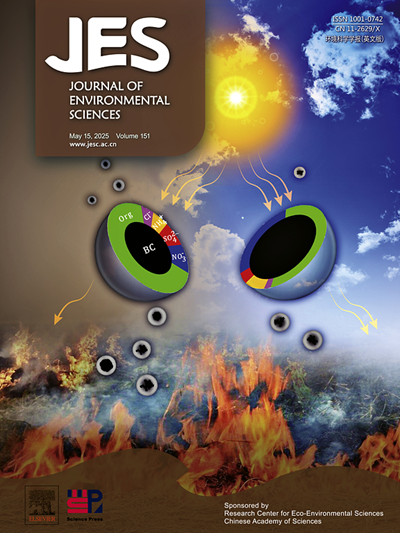Recent advances in bioassays for assessing the toxicity of environmental contaminants in effect-directed analysis
IF 5.9
2区 环境科学与生态学
Q1 ENVIRONMENTAL SCIENCES
引用次数: 0
Abstract
Chemical cocktails in the environment can cause adverse impacts on ecosystems and human health even at low concentrations. Effect-directed analysis (EDA) has proven to be very valuable in identifying key toxic substances in environmental mixtures. For this, it is important to carefully select accurate bioassays from a wide range of tests for EDA when applying it to actual environmental samples. This article reviews studies published from 2014 to 2023 that have applied EDA and summarizes the bioassays and their corresponding biological effects. A total of 127 studies were selected from 591 publications evaluating the toxic effects of environmental samples, including wastewater, surface water, and sediments. Here, bioassays used in EDA are summarized, including the assays that measure specific receptor-mediated modes of action (MOA), induction of xenobiotic metabolism pathways, and induction of adaptive stress response pathways using either in vitro or in vivo bioassays. Also, the identified substances using EDA are discussed based on their MOA. The importance of EDA in establishing a comprehensive approach for the detection of environmental contaminants using bioanalytical methods is emphasized. The current limitations and benefits of using EDA in practical applications are outlined and strategies for moving forward are proposed.

求助全文
约1分钟内获得全文
求助全文
来源期刊

Journal of Environmental Sciences-china
环境科学-环境科学
CiteScore
13.70
自引率
0.00%
发文量
6354
审稿时长
2.6 months
期刊介绍:
The Journal of Environmental Sciences is an international journal started in 1989. The journal is devoted to publish original, peer-reviewed research papers on main aspects of environmental sciences, such as environmental chemistry, environmental biology, ecology, geosciences and environmental physics. Appropriate subjects include basic and applied research on atmospheric, terrestrial and aquatic environments, pollution control and abatement technology, conservation of natural resources, environmental health and toxicology. Announcements of international environmental science meetings and other recent information are also included.
 求助内容:
求助内容: 应助结果提醒方式:
应助结果提醒方式:


